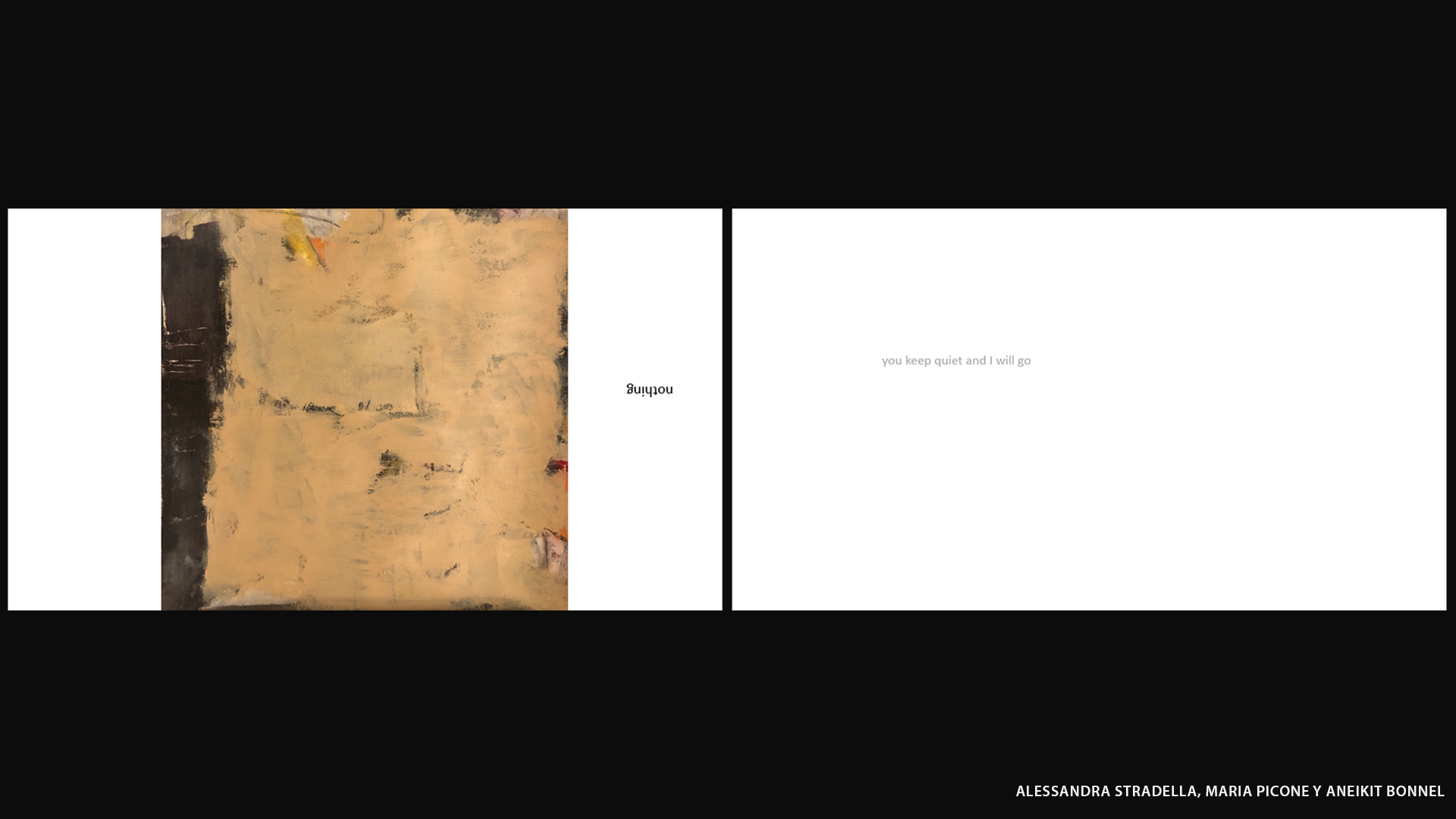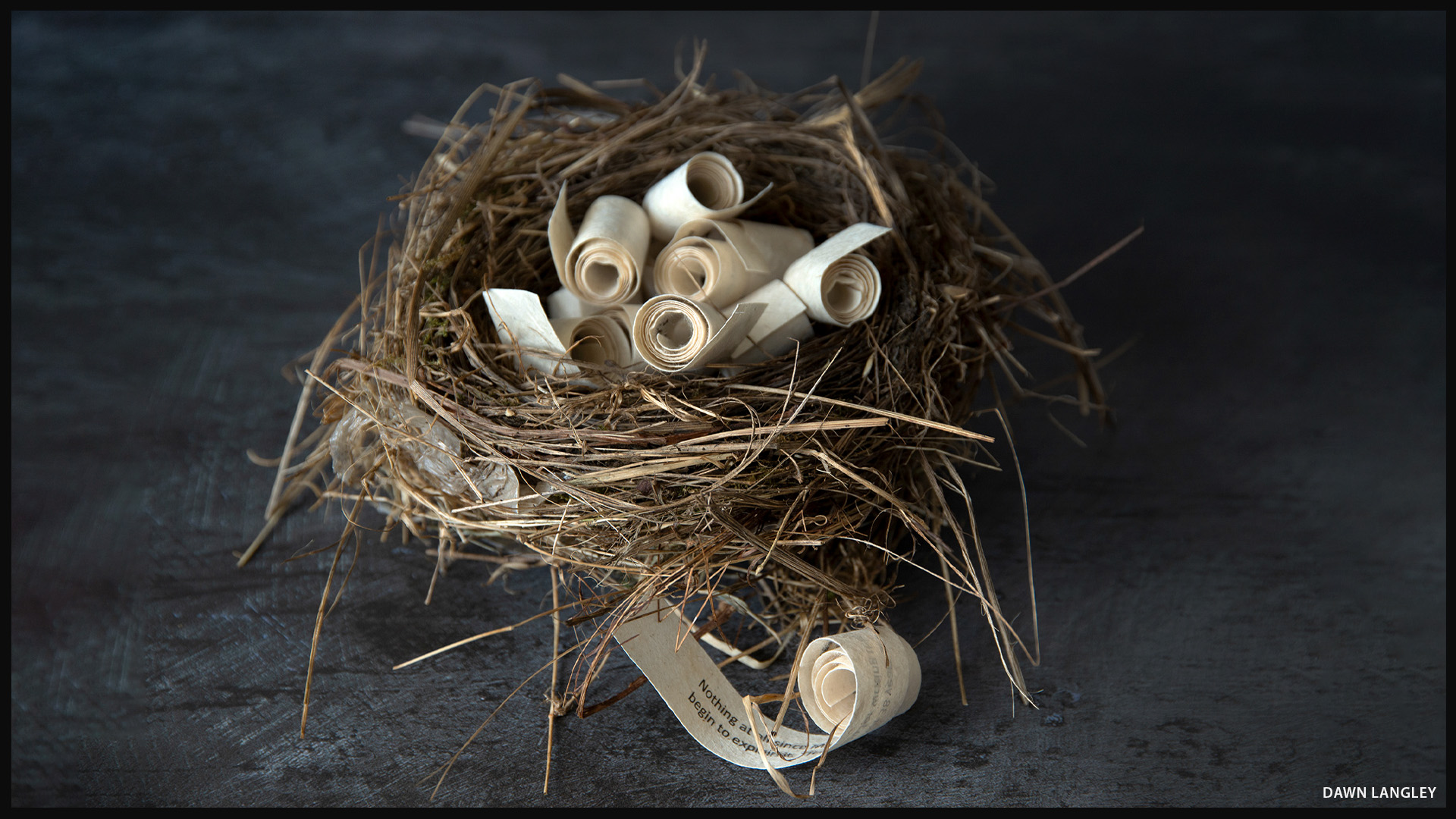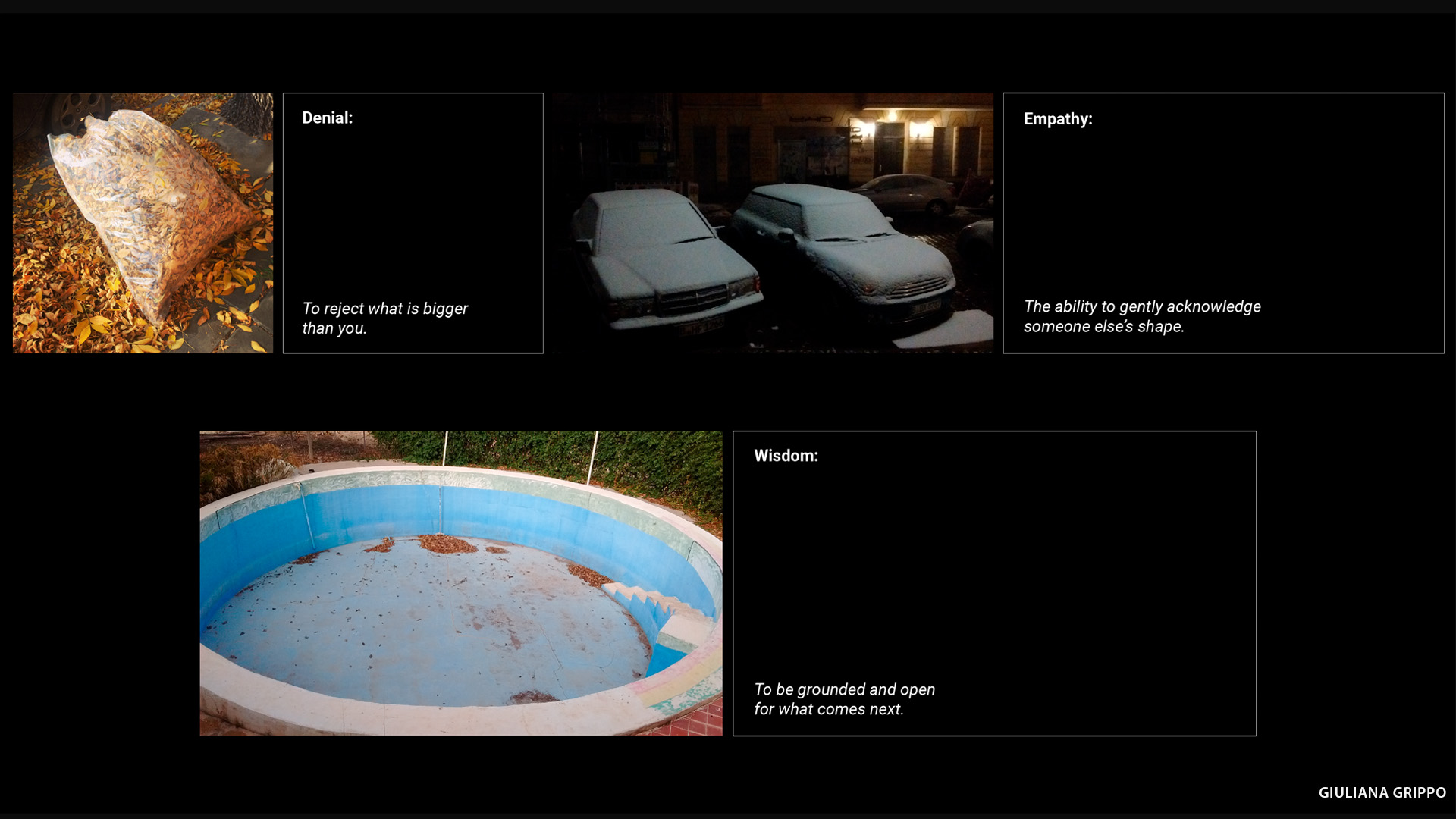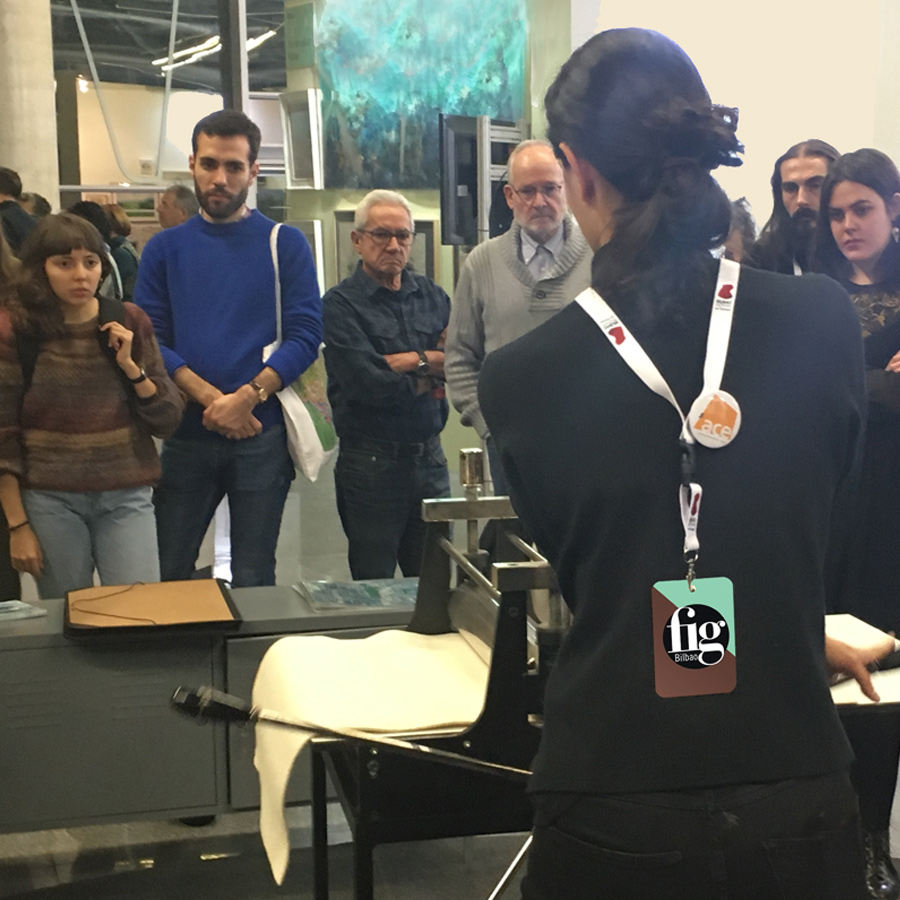Artists
Jordan
Shereen Shalhoub
Together Apart: #Shelter
19.08.20 09.09.20
I began working in the arts in 2006 when I owned a virtual gallery in Amman. In 2008, I enrolled in an art appraisal course in NYUSCP at New York University and worked with Bortolami Gallery while attending the Art Students League of New York. Here, I practiced different techniques such as egg tempera and oil painting under the supervision of artist Jack Faragasso.
I began experimenting with ceramics in 2016 and since then have primarily focused on sculptures and installations. My inclination to work with clay was a natural process because of its versatility and ability to reflect my thoughts in the various forms it takes. My process started with sculptures as I explored with texture and density, and through all the stages; I found multiple emotional links. This drove me to create works of art that can be more immersive such as installations which allow the use of space, lighting and sound. I recently began experimenting with sculptures by including other materials such as wood, brass and wax. The organic dripping effect of clay in the form of slip and wax are my favorite combination to work with so far; especially the layering of the wax that is naturally formed while it sets at room temperature. I see the form of dripping as a reflection of change and continuity. I like to think that my methods are a constant work in progress, which drives me to explore and experiment with clay in multiple combinations, each reflecting a unique expression.
SHEREEN ABOUT TOGETHER APART: #SHELTER
Having lived away from my home country for over 16 years, I have come to realize that my shelter is my community. I noticed the need for closeness with friends to fill the gap of family. Being an expat comes with a sense of unsettlement, as opposed to hometown living in which one is born into a community that becomes a part of who they are. This was made even clearer to me after the Beirut explosion seeing the houses of our friends and family destroyed yet the sense of unity and compassion as well as community and support grow even stronger.
Working on the concept of Shelter addressed an issue
that felt quite straight forward to me as it reiterated
the thought that ”Shelter” is a state of mind. That one
longs for to have a sense of belonging. An unfinished beehive, representing community. I plan to use a weaving method to connect in inner and outer cells. I felt the need to beautify my beehive. I chose weaving as a representation of nomadic living and coexisting which defines our culture. We create patterns in out relationships in order to feel a sense of stability.
Shelter is a mental concept. I made this piece as response to lockdown during corona. Where our laptops meant more than our belongings as they kept us connected. A Shelter is a mental concept, a state of mind. I chose a chair because it represents community, relationships and conversations. I wanted to understand how paper could be used as a shelter for a chair. Its lightness in comparison with foil and an emergency blanket.
BIO
Shereen Shalhoub
1978 | Jordan
STUDIES
2008 | Art Appraisal course, Tisch School of The Arts.
2008 | Art Students League of New York.
EXHIBITIONS
2018 | Al Jalilah Cultural Centre, Dubai, U.A.E.
2018 | Sikka Art Fair. Dubai, U.A.E.
2019 | Fann A Porter art gallery. Dubai, U.A.E.
2019 | Amman Design Week. Amman, Jordan.
RESIDENCIES
2020 | Proyecto ´ace, Buenos Aires, Argentina.
Related Activities
Exhibitions, Together Apart
#1 | SHELTER: results
Artists in dialogue
16.12.20
During 2020, we carried out the first two sessions of Together Apart. The first session took as a conceptual and practical framework the REFUGE and the second, the NEST.
Through those starting points, both of which refer to caring atmospheres and structures for coexistence, we were able to think and create in a wide variety of directions and layers. We reflected on our pandemic context, a situation for which we had to find ourselves in the virtual non-space, but also a situation thanks to which people from many different countries were able to work simultaneously.
Assuming this complex situation, more than 20 participants per session created new pieces –some in exercise format–, took up projects that they had already worked on in the past or collectively set out to create new projects that will continue to develop beyond the scope of our meetings.
Taking these refuge and nest issues also in their complexity, we asked ourselves questions that made each of the participants involve their personal experiences, memory, memories and experiences from each of their territories. We addressed questions that sought to keep us in constant movement; at times we went through very optimistic or pessimistic visions about the possibility or necessity of having a shelter or a nest, and at other times, we were able to articulate more complex visions, enduring in intermediate and liminal states. For both, we took as a theoretical structure of support and dialogue the thought of Félix Guattari presented in The Three Ecologies (1989). His ethical-political approach that highlights the molecular domains of sensitivity, intelligence and desire, as well as his articulation of the three ecological registers (environment, social relations and human subjectivity), helped us to expand our creations and thoughts in relation to shelter and nest.
During the first session, when asked about the conditions that a refuge can have and the conditions that we would like a refuge to have, the artists (coincidentally and by chance, we had a cohort one hundred percent comprised of women) generated sculptural pieces, artists’ books, photographs, videos, dance pieces and more, reflecting on the permeability or isolation structures that a shelter can have. Also, many artists started from their bodily memories to refer to the refuge and made improvisation and performance pieces. We created in relation to the refuge conditions presented by nature and the refuges that we create to protect ourselves from certain natural conditions. Memory as a refuge and shelters for memory also arose through textile practices or from the use of jewelry or objects with which we build links. Finally, the bonds and the community as spaces that shelter and spaces that imply care was another of the axes that we explored through pieces that included readings of texts and sound activations.
Together Apart has functioned as a program that opened up possibilities for meeting and collaborative creation. It has made possible the creation of new rhythms and synchronies for a limited time but whose reverberations and echoes continue to affect in unexpected directions.
Daniela Ruiz Moreno (curator-in-residency)
Related artists
- Alessandra Stradella
- Ana Vivoda
- Aneikit Bonnel
- Anna Rose
- Ariana Pirela Sánchez
- Caia Diepenbrock
- Carla Freschi
- Christine Bruce
- Dawn Langley
- Dolores Delia
- Gina Kukulski
- Giuliana Grippo
- Janette Hopper
- Jannelle Roberts
- Jill AnnieMargaret
- Judith Elisabeth de Haan
- Male Correa
- Roseanne Lynch
- Sara Minsky
- Shereen Shalhoub






















